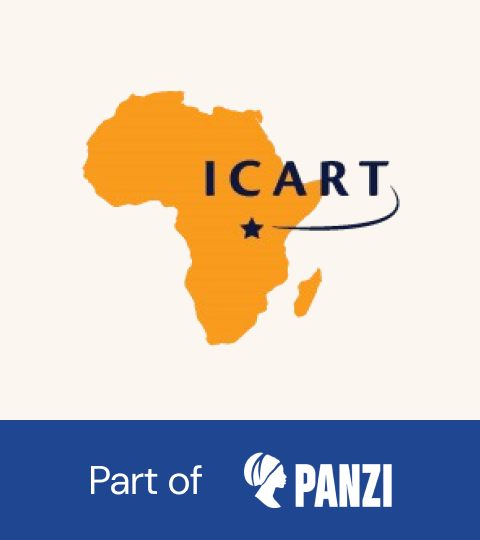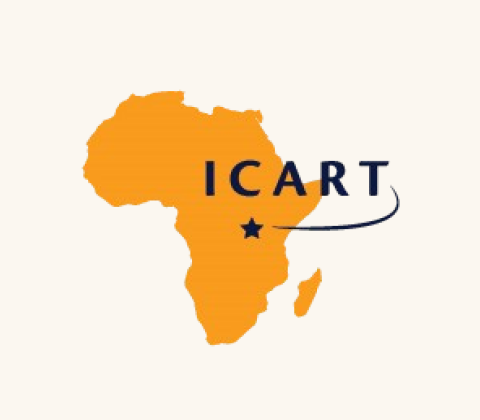Accessibility & Compliance
Last Update November 28, 2024
We firmly believe that the Internet should be available and accessible to anyone and are committed to providing a website that is accessible to the broadest possible audience, regardless of ability.
To fulfill this mission, we aim to adhere as strictly as possible to the World Wide Web Consortium’s (W3C) Web Content Accessibility Guidelines 2.1 (WCAG 2.1) at the “AA” Level. Complying with those guidelines helps us ensure that the website is accessible to blind people, people with motor impairments, visual impairments, cognitive disabilities, and more.
This website utilizes various technologies that are meant to make it as accessible as possible at all times. We utilize an accessibility interface that allows persons with specific disabilities to adjust the website’s UI (user interface) and design it to their personal needs.
Conformance Status
The Web Content Accessibility Guidelines (WCAG) defines requirements for designers and developers to improve accessibility for people with disabilities. It defines three levels of conformance: Level A, Level AA, and Level AAA. Our website is partially conformant with WCAG 2.1 level AA. Partially conformant means that some parts of content do not fully conform to the accessibility standard.
Technical Specifications
Accessibility of our website relies on the following technologies to work with the particular combination of web browser and any assistive technologies or plugins installed on your computer:
- HTML
- WAI-ARIA
- CSS
- JavaScript
These technologies are relied upon for conformance with the accessibility standards used.
Screen-Reader and Keyboard navigation
Our website implements the ARIA attributes (Accessible Rich Internet Applications) technique, alongside various behavioral changes, to ensure blind users visiting with screen-readers can read, comprehend, and enjoy the website’s functions. This includes:
- Screen-reader optimization: We make sure to build the site for screen readers, including making accurate form labels, descriptions for actionable icons, validation guidance for form inputs, element roles such as buttons, menus, modal dialogues (popups), and more.
- Keyboard navigation optimization: Users should be able to navigate the website using the Tab and Shift+Tab keys, operate dropdown menus with the arrow keys, close them with Esc, trigger buttons and links using the Enter key, navigate between radio and checkbox elements using the arrow keys, and fill them in with the Spacebar or Enter key.
- Disability profiles supported on our website: We allow for visual adjustments the website making it accessible to the majority of visual impairments.
- Additional UI, design, and readability adjustments: Users can increase and decrease font sizes, adjust the spacing, adjust the color contrast profiles, highlight focused or hovered elements only, and many other functions.
Assistive Technology & Browser Compatibility
We aim to support as many browsers and assistive technologies as possible, so our users can choose the best fitting tools for them, with as few limitations as possible. Therefore, we have worked very hard to be able to support all major systems that comprise over 95% of the user market share, including Google Chrome, Mozilla Firefox, Apple Safari, Opera and Microsoft Edge, JAWS, and NVDA (screen readers), both for Windows and MAC users. Our website is not compatible with browsers older than 3 major versions or mobile operating systems older than 5 years.
Limitations & Alternatives
Despite our best efforts to ensure accessibility of the website, there may be some limitations. Below is a description of known limitations, and potential solutions. Please contact us if you observe an issue not listed below.
- Old webpage layouts: We are in the process of updating all webpages to compliance standards.
- Videos and webinars: Uploaded images and videos may not have captions or sign language alternatives.
- Archived documents and PDFs: May not work with current assistive technologies if they use outdated technologies that do not support accessibility.
Feedback
We welcome your feedback on the accessibility of the our website. Please let us know if you encounter accessibility barriers on the site by contacting us.




